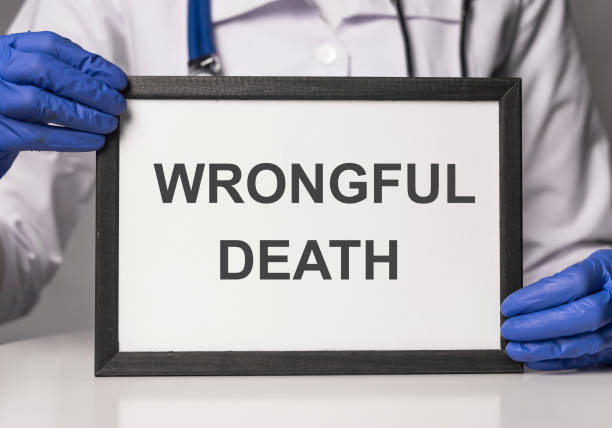When building a solid case for a wrongful death claim, the key lies in the meticulous evidence collection. From preserving crucial communication to securing witness statements, each piece plays a vital role in establishing the facts. But what about the nuances of gathering medical records and reports? And how can witness testimonies indeed bolster your case? Stay tuned to uncover the intricate steps in piecing together a compelling argument for a wrongful death claim.
Importance of Documenting Everything
When pursuing a wrongful death claim, documenting everything meticulously is crucial for building a solid case. From the moment you suspect negligence or misconduct leading to the death of your loved one, it’s essential to keep detailed records. Start by collecting relevant communication that could support your case, such as emails, text messages, or letters. Additionally, gather all medical records, bills, and receipts related to the incident. Witness statements are also valuable evidence that can significantly strengthen your claim.
If applicable, take photographs of the accident scene, injuries, or any property damage. These visual aids can depict what occurred and help support your narrative. Remember to keep a journal documenting the emotional and financial impact of the loss on you and your family. This written account can illustrate the suffering caused by the wrongful death and its repercussions. By diligently documenting every detail, you are laying a solid foundation for your wrongful death claim.
Gathering Medical Records and Reports
To strengthen your wrongful death claim, ensuring you gather all relevant medical records and reports is imperative. Medical documentation plays a crucial role in proving negligence or malpractice that led to the tragic loss of your loved one. Begin by obtaining copies of medical records from all healthcare providers involved in the deceased’s care, including hospitals, physicians, specialists, and therapists. These records can shed light on the treatment received, diagnoses made, medications prescribed, and any errors or deviations from standard care.
Additionally, be sure to gather autopsy reports, if available, as they can provide valuable insights into the cause of death and any contributing factors. Pathology reports, imaging studies, lab results, and consultation notes should also be included in your collection of medical documentation. Organizing and analyzing these records meticulously can help build a strong case by demonstrating the link between the medical care provided and the wrongful death that occurred.
Securing Witness Testimonies
Secure witness testimonies by identifying individuals who have firsthand knowledge of the events leading to your loved one’s wrongful death. Witnesses can provide crucial information and perspectives that may support your claim. Start by contacting anyone present at the scene where the incident occurred. This could include bystanders, coworkers, or medical staff who witnessed what transpired. Gather contact information for these individuals and schedule interviews to record their accounts promptly.
Additionally, consider speaking with experts who can provide professional opinions on the circumstances surrounding the wrongful death. These experts could include accident reconstruction specialists, medical professionals, or other relevant professionals. Their testimonies can add credibility to your claim and help establish the facts of the case.
Remember to document all witness testimonies in writing or through recorded interviews. Keep detailed notes of the information provided and ask witnesses to sign statements confirming the accuracy of their accounts. Securing witness testimonies strengthens your evidence base and increases your chances of a successful wrongful death claim.

Leave a Reply